Toba Stroll Guide

Welcome to the home land of pearls and ama women divers

Ama's sunshine smile welcomes you
Toba, where around 500 women divers out of approx. 2,000 in Japan live.
Don’t miss the chance to spend time with cheerful women divers.
EXPERIENCE
Ama hut visit
"Ama-goya" is a cabin where amas rest to warm themselves up. Enjoy fresh seafood grilled in irori fireplace and a chat with currently working amas.
■ Osatsu Kamado Mae-no-hama/Ozego-san
TEL: 0599-33-7453 (Osatsu Ama Bunka Shiryokan)
Address: 1238 Osatsu-cho, Toba-City
Access: Take Kamome Bus from Toba Sta., get off at Osatsu (Ishigamisan-mae), walk for approx.10 min.
■ Ama-goya Hachiman Kamado
TEL: 0599-33-1023 (Reservation Center)
Address: 3-3 Adako-cho, Toba-City
Access: Take Kamome Bus from Toba Sta., get off at Adako-guchi, walk for approx. 6 min.Shuttle bus available from Toba Stn.
■ Toshijima Shimanotabisha Ama-goya
TEL: 0599-37-3339 (Shimanotabisha)
Address: 943 Toshi-cho, Toba-City
Access: Walk from Toba Sta. for approx. 7 min. to Toba Marine Terminal. Take a Municipal Liner to Toshiko Harbor. Walk for approx. 3 min.
LEARN

Toba City Sea Museum
The museum features nearly 60,000 materials of oceanic culture with focus on ama culture, along with fishery, wooden boats, festivals, and sea’s environment. Its innovative wooden building has been awarded the Prize of AIJ (Architectural Institute of Japan).
TEL: 0599-32-6006
Address: 1731-68 Ogitsu, Uramura-cho, Toba-City
Access: Take Kamome Bus from Toba Sta., get off at Hakubutsukan, and walk for in a minute.
WORSHIP

Ama Kazukime Shrine
Ama Kazukime Shrine enshrines legendary ama named Oben, who dedicated an abalone to Emperor's Princess, Yamatohime-no-mikoto. This shrine is regarded as having divine favor in preventing dizziness during diving, and is worshiped by local amas and divers nation-wide.
TEL: 0599-25-1157 (Toba Tourism Division)
Address: 312 Kuzaki-cho, Toba-City
Access: Take Kamome Bus from Toba Sta., get off at Kuzaki, walk for approx. 5 min.
Stroll about Osatsu Area♪
Osatsu Area has many ama-related sites. Stroll about the area and see their culture.

Osatsu Ama Bunka Shiryokan
Learn about the town history, living of ama, and how they collect food in deep sea. The center features ama tools, iso-gi or diving kimono, and experience workshop of scraping abalone with a special chisel.
TEL: 0599-33-7453
Address: 1238 Osatsu-cho, Toba-City
Access: Take Kamome Bus from Toba Sta., get off at Osatsu(Ishigamisan-mae), walk for approx. 2 min.
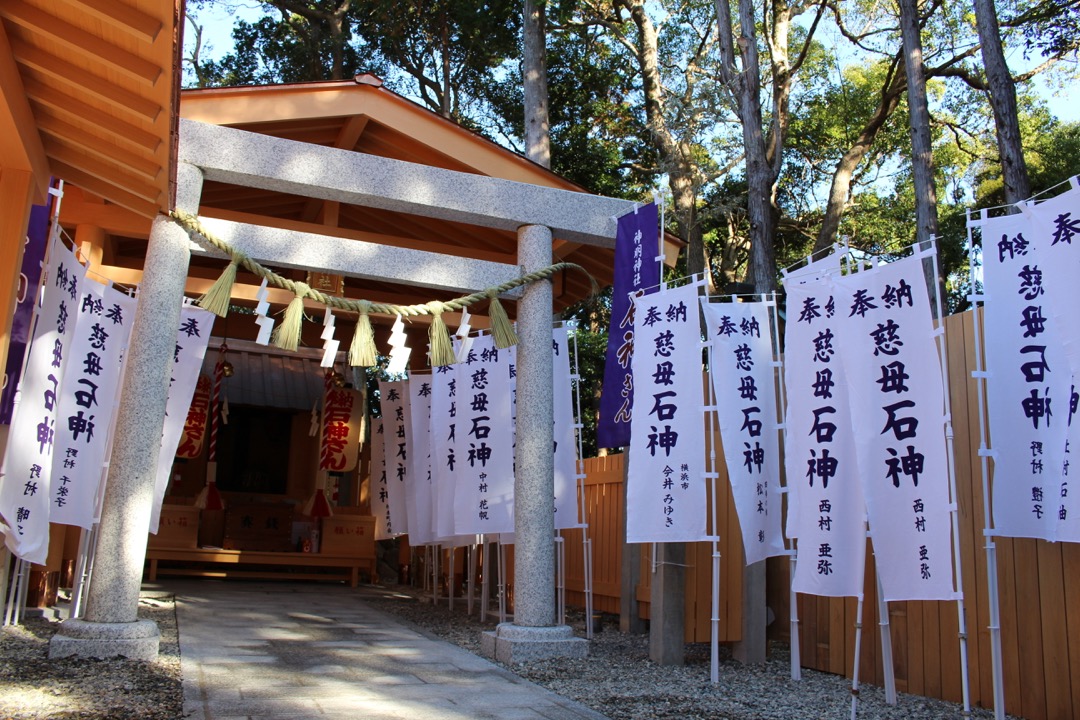

Shinmei Shrine, Ishigami-san
Ishigami-san is a modest shrine by the approach to Osatsu's guardian shrine, Shinmei Shrine. It is believed to "make one wish to come true for a woman," and has been worshiped by amas from old ages. Today, it is regarded as a "power spot" where many women visit from all over Japan.
TEL: 0599-33-7453 (Osatsu Ama Bunka Shiryokan)
Address: 1238 Osatsu-cho, Toba-shi
Access: Take Kamome Bus from Toba Sta., get off at Osatsu(Ishigamisan-mae), walk for approx. 7 min.
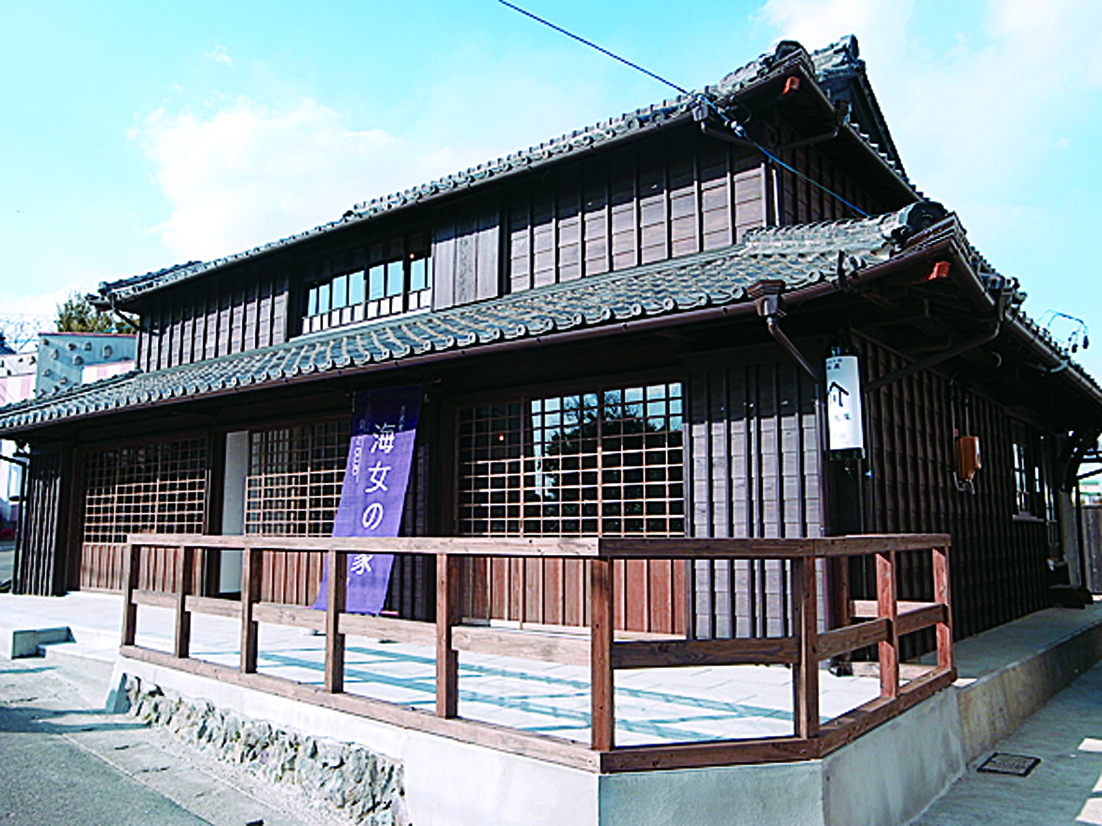
Ama's Old Folk House,Gozaya
This souvenir shop & cafe is located by the approach leading to Ishigami-san. Besides ama souvenirs, the shop in reformed 80 year-old folk house with nostalgic interior displays historical items related to ama.
TEL: 0599-33-6770
Address: 1406 Shinmei Jinja Sando, Osatsu-cho, Toba-City
Access: Take Kamome Bus from Toba Sta., get off at Osatsu(Ishigamisan-mae), walk for approx. 5 min.
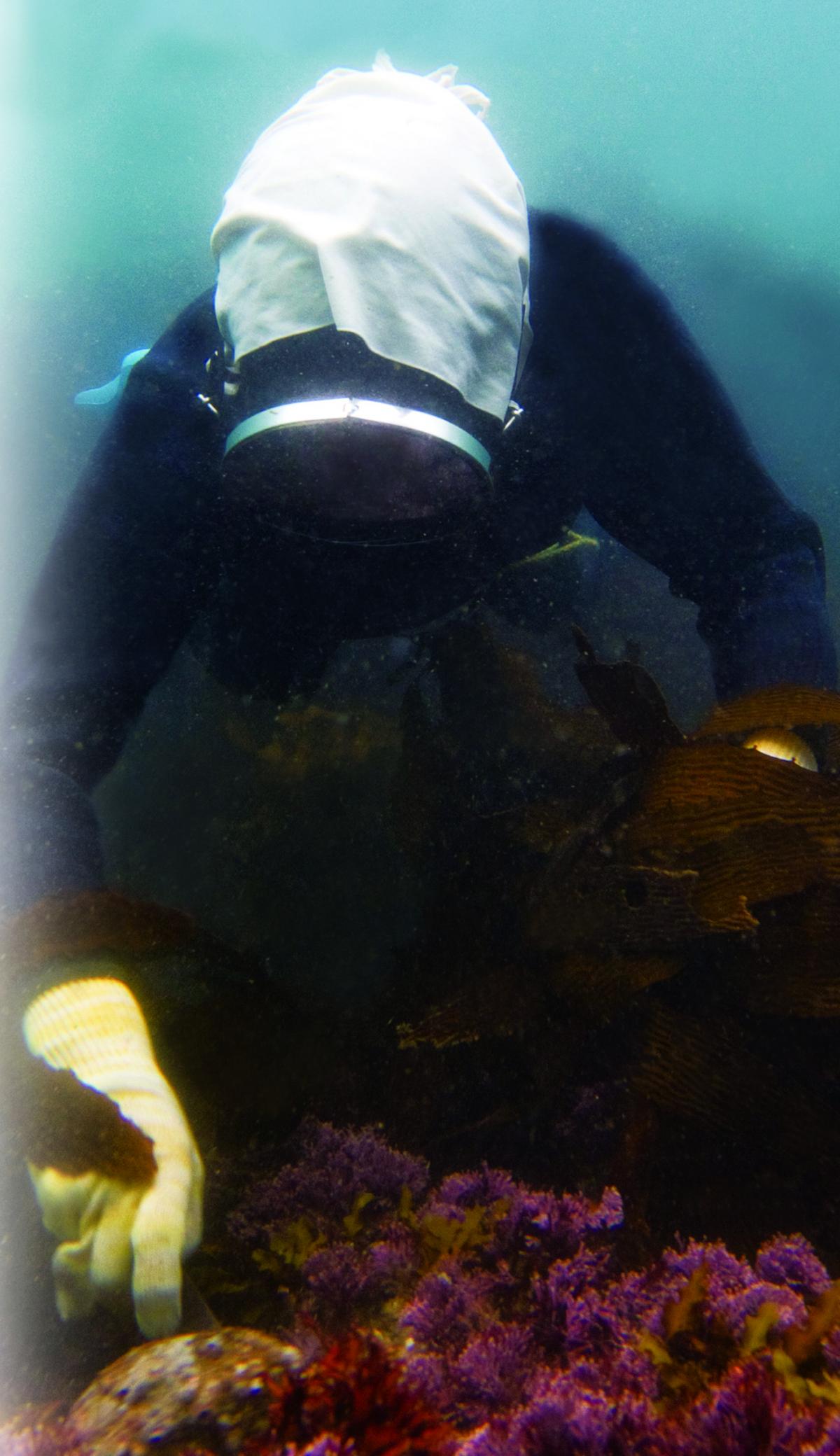
[About Ama]
Ama is a woman who skin-dives in the sea and collects food like abalones, turban shells and seaweeds. Their existence can be traced back to 3,000 years ago as a number of abalone shells and tools called "awabi-okoshi (abalone scraper)" made of deer horn were found at Shirahama archaeological site of Jomon and Yayoi Period. Today, about 500 out of approx. 2,000 ama in Japan reside in Toba and still dive for living.
[Ama's Tools]

"Iso-nomi"
Chisel to scrape abalone from rocks without hurting them. There are a variety of iso-nomis in length and size to use suitably by location.

"Iso-megane"
Diving goggle which became popular in Mid-Meiji Era. Now, far-sighted and near-sighted types are also available.

"Tanpo"
Float ring with net to keep collected sea urchins and turban shells, and to rest holding on to it.
Protection symbols for ama
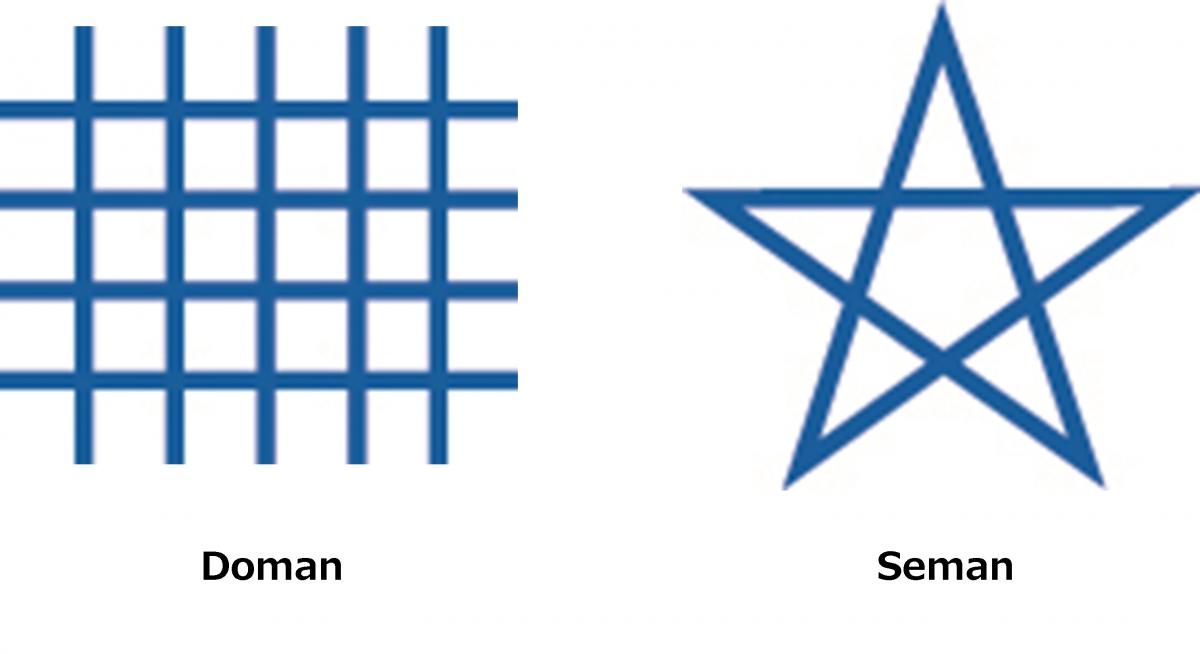
Doman/Seman symbols are marked on ama's diving-kimono, towel, and chisels to protect them from misfortune at the sea.
Conserving ama culture
Amas are professional women divers who dive without any equipment to collect abalone and turban shells.
Their way of fishing is simple but requires patience, and it has been conserved and passed on as a living culture from ancient times to the present.
In 2017, the value of the "Fishing Skills of Amas in Toba/Shima" was acknowledged and designated as an important intangible folk cultural asset by the Japanese government. In May 2019, “Toba/Shima, Where You can Meet Amas – Women Making a Living by Skin Diving Fishing” was designated as Japan Heritage.
Ama culture is cultural heritage of which Japan is proud, and it now has moved a step forward toward being added to UNESCO's Intangible Cultural Heritage list.

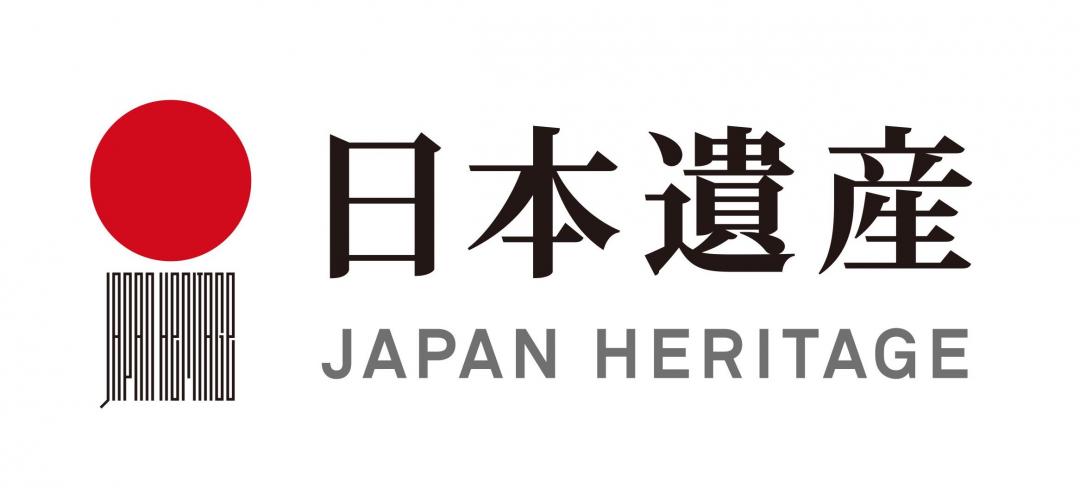

Town where pearls were born
Toba is a place where Kokichi Mikimoto cultured pearls for the first time in the world. Let the elegant beauty of pearls take you away.

Father of Cultured Pearl
Kokichi Mikimoto (1858 -1954)
Kokichi Mikimoto is the World's Pearl King who was born in Toba and loved Toba. He succeeded culturing pearls for the first time in the world in 1893, and exhibited his pearls in many world exhibitions. He was a man with global perspective, and broadly introduced the beautiful nature of Ise-Shima area as well as the charm of pearls. He has left many humorous words of wisdom, also.

Pearl Theme Park
Mikimoto Pearl Island
Island where pearls were born for the first time in the world. Enjoy a day on the island visiting Pearl Museum and Kokichi Mikimoto Memorial Hall, shopping pearls, and watching ama dive and fish in traditional white diving kimono.
TEL: 0599-25-2028
Address: 1-7-1 Toba, Toba-City
Access: From Toba Sta., approx. 5 min. walk.

Celebrate the 30th wedding anniversary,
The Pearl Wedding Anniversary
The 30th wedding anniversary is called "pearl anniversary." You can have a Pearl wedding ceremony on the 30th of each month (excluding February and December) in a chapel in Toba city, the birthplace of pearls and the town of wedded love.
TEL: 0599-25-3019 (Toba City Tourist Association)
3 PLACES TO VISIT
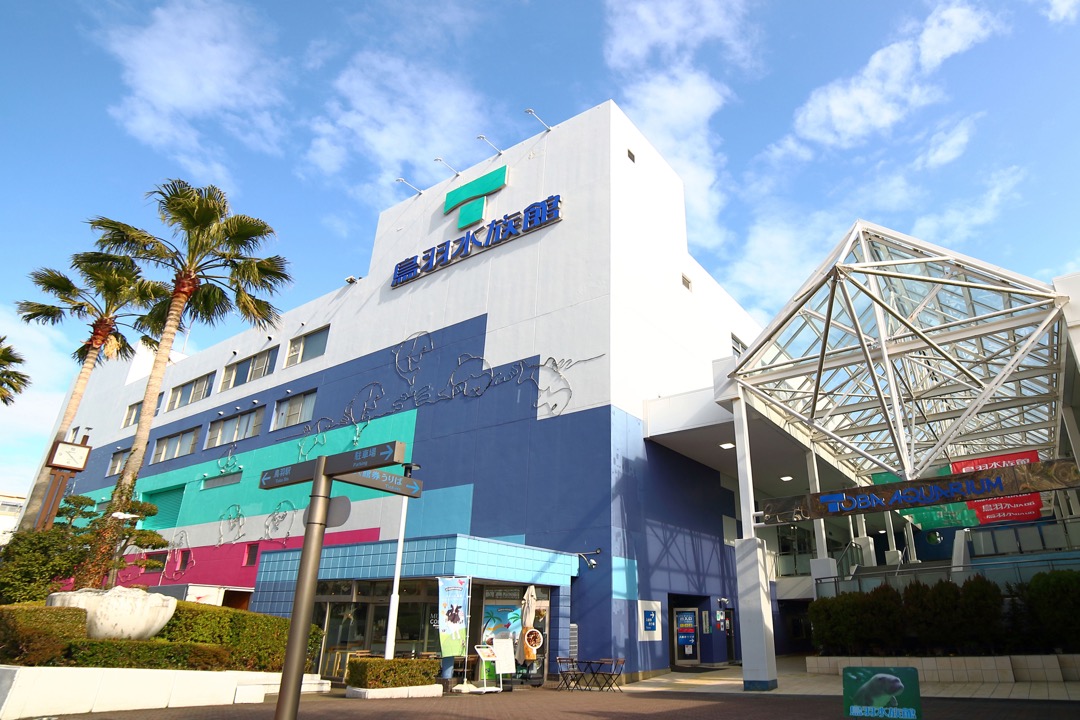
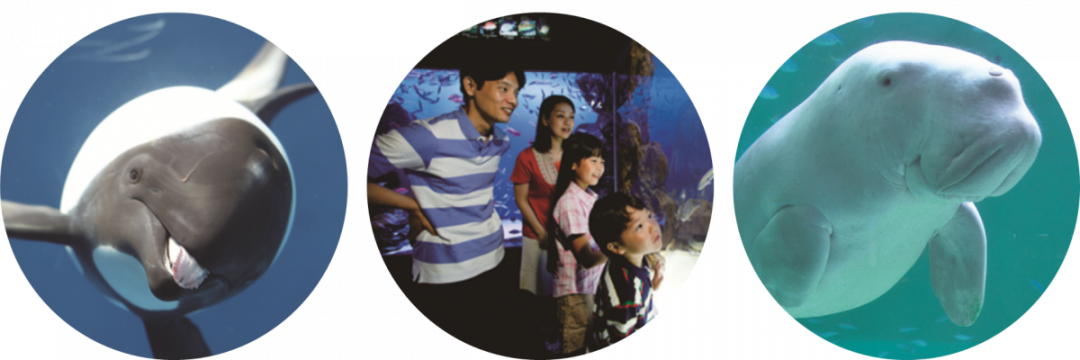
Come and visit Toba Aquarium where we proudly exhibit the largest number of species of marine life in Japan!
Toba Aquarium
Of all the aquariums in Japan, only the Toba Aquarium has a dugong.
The aquarium keeps no less than around 1,200 species of animals that live in the sea and rivers, which is the largest number in Japan.
TEL: 0599-25-2555
Address: 3-3-6 Toba, Toba-City
Access: From Toba Sta., approx. 10 min. walk.
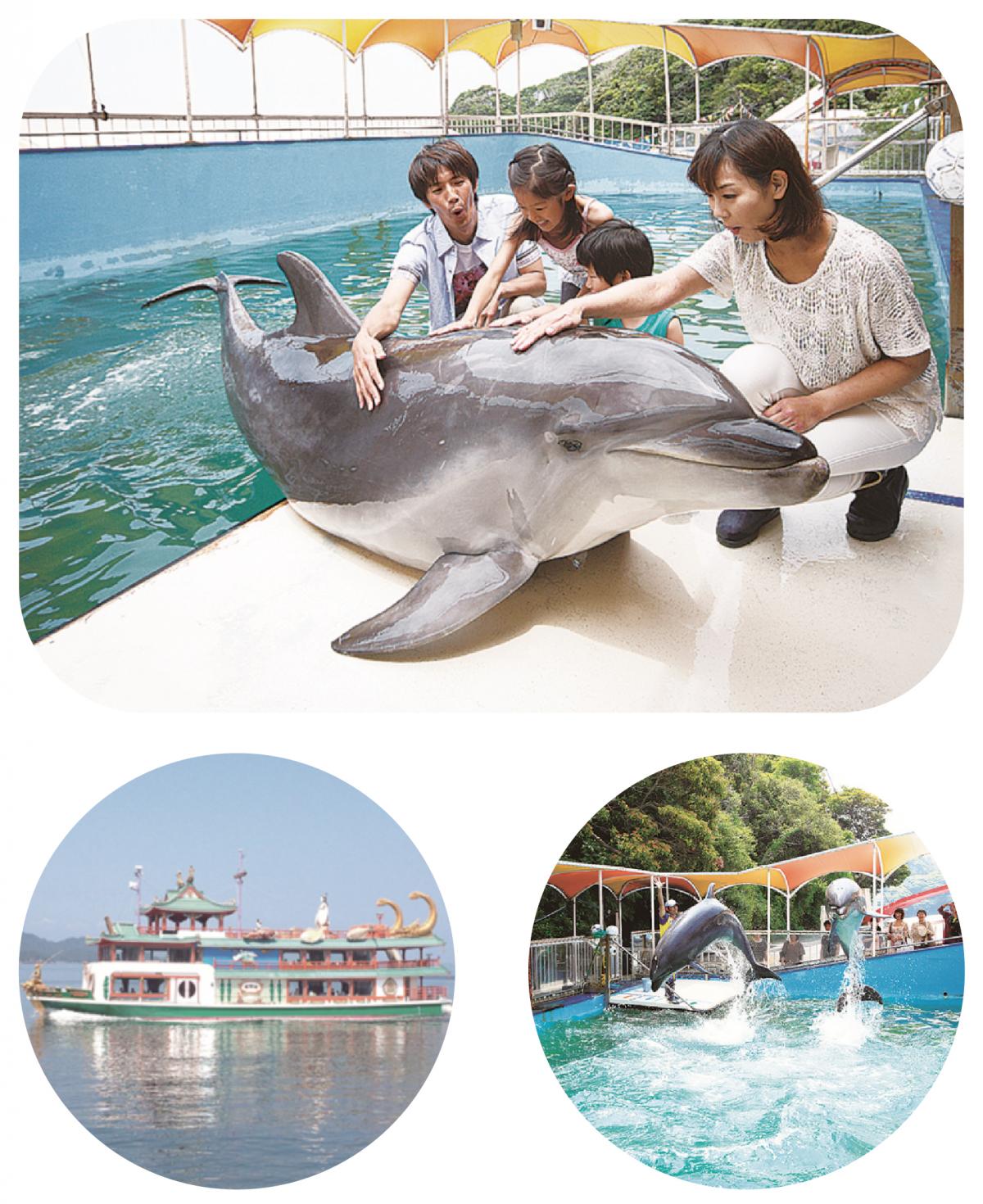
Have fun with dolphins!
Toba Bay Cruising & Dolphin Island
Approx. 50 min. cruise sails through a scenic bay area of Toba. The boat also calls at Irukajima where you can find much fun including touching dolphins and watching dolphins and seals jump and dive in the show.
TEL: 0599-25-3145 (Shima Marine Leisure)
Address: 1-2383-51 Toba, Toba-City
Access: From Toba Sta., around approx. 10 min. walk (Toba Marine Terminal)

Savor harvests of the sea and field!
Toba Marche
Buy varieties of seasonal seafood and farm-goods harvested in Toba and Shima area, directly from the fishermen and farmers. Try any ready-made dishes, they are fresh and tasty! The attached restaurant serves Toba's local cuisine in buffet style.
TEL: 0599-21-1080
Address: 1-2383-42 Toba, Toba-City
Access: From Toba Sta., approx. 2 min. around walk.

Town blessed with sea harvests
The sea of Toba, where the Black Current and the sea water of Ise Bay meet, is blessed with seafood.Fill yourself up on delicious fish and shells harvested from the sea.
Iwaizakana (celebration fish) of Japan
Japanese regard "Ise-ebi (lobster),” sea bream, and abalone as celebration food, and in Toba, where these foods are reaped plentifully, call them " Iwaizakana (celebration fish) of Japan ".
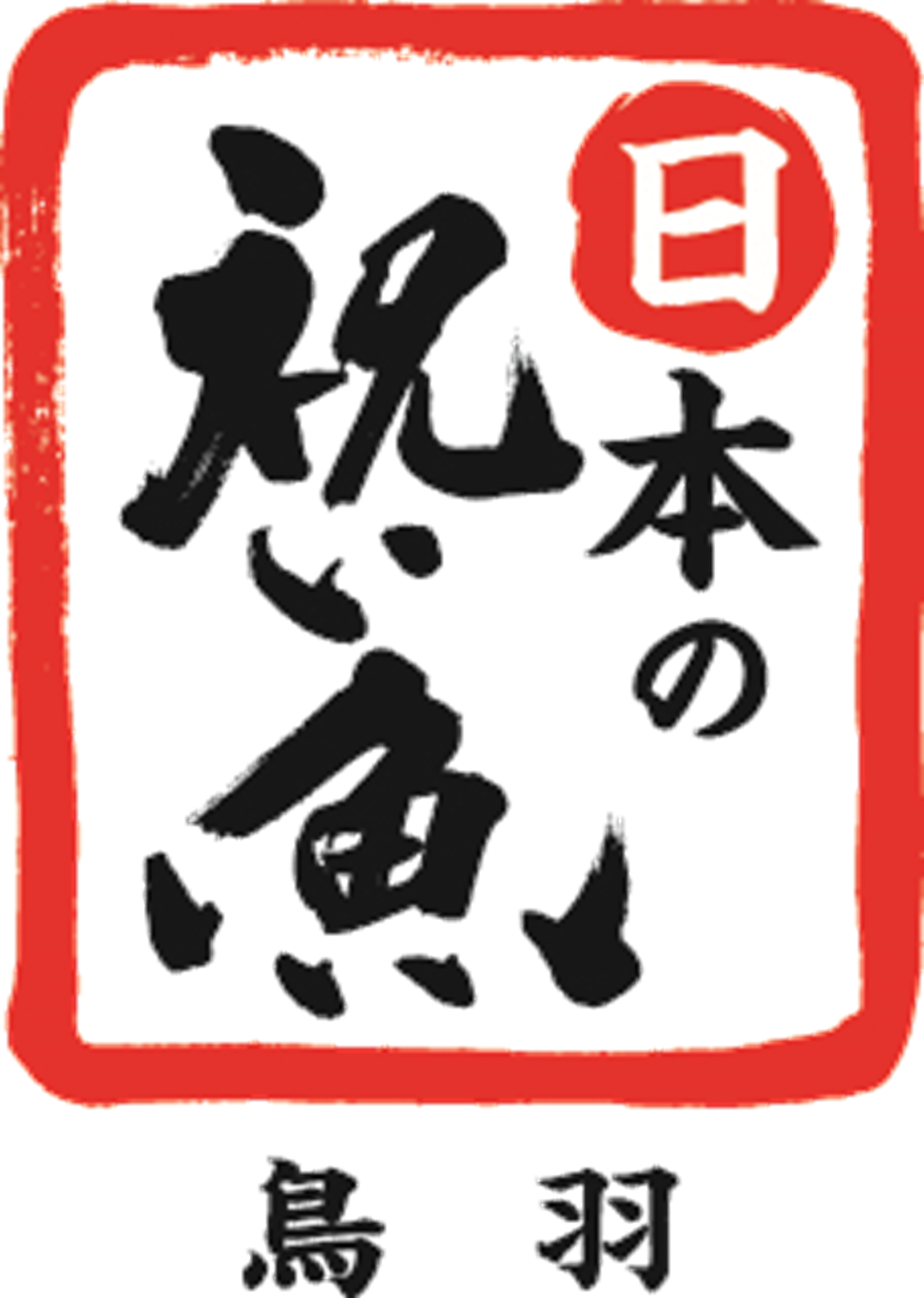

Ise-ebi (lobster)
As lobsters have long barbel which looks like a beard and bent posture, they are regarded as a symbol of "longevity.” With gorgeous looking, they are often used for New Year's decorations and precious gifts.

Tai (sea bream)
As the fish name, "Tai" appears in a word "omedetai (meaning celebrative),” tai is a fish that Japanese always serve in celebrating occasions like wedding, entrance to school, and New Years. Their noble figure and beautiful coral color have always convinced the Japanese, from ancient times, to bring good fortune.

Awabi (abalone)
Abalones have been dedicated to Grand Shrine of Ise as "Noshi-awabi,” or stretched and dried strips of abalone. Legend says a healthy baby with beautiful eyes will be born when a mother eats an abalone while she is pregnant, and it is regarded as a lucky food for safe delivery.
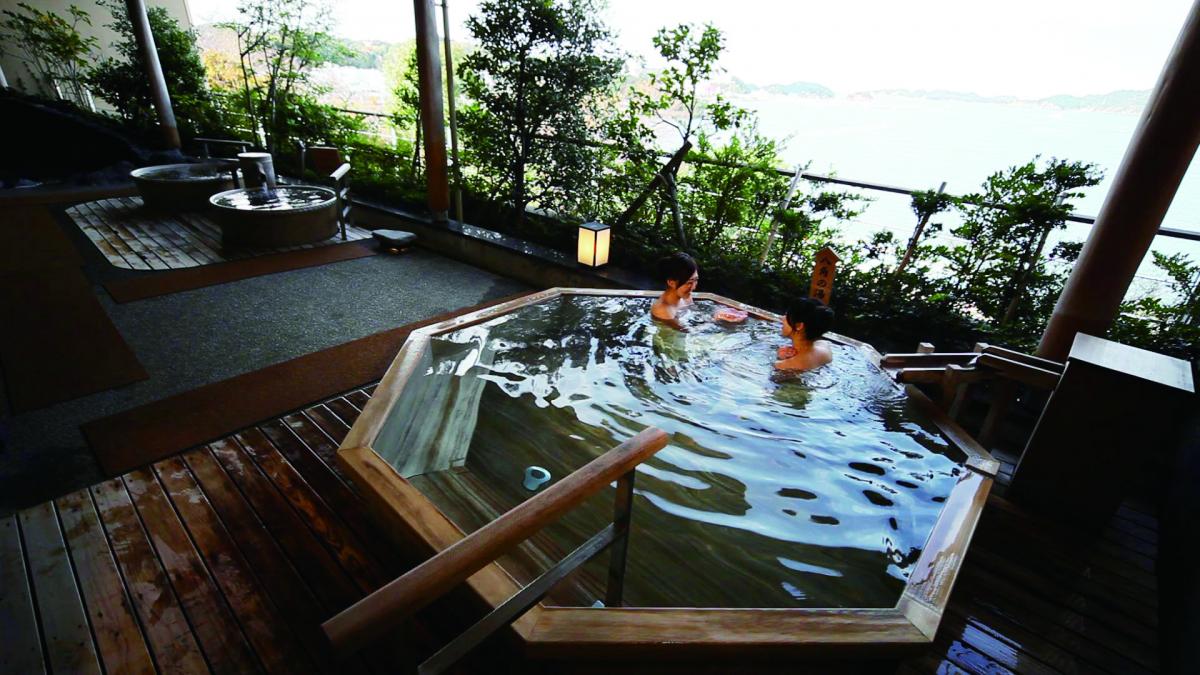
Relax
TOBA ONSEN-GO (Toba Hot Spring) Spa Village
9 hot-spring spas located along the Pacific coast of Toba are collectively called "Toba Onsen-go Village.” Have relaxing time in open space bath with widespread ocean view.

Feel at Home
Four inhabited remote islands
The time passes slow on the island, making visitors feel unwind and at home. Off the coast of Toba Bay, there sit four islands each with unique history, culture, and food.

Kamishima
Kaimishima is the stage for "The Sound of Waves,” a pure love story between a young fisherman and ama on the island, written by Yukio Mishima.

Sugashima
The island is famous for "Sugashima Lighthouse,” the oldest existing brick-built architecture in Japan.

Toshijima
Toshijima is the largest island among four, and has very attractive scenery, seafood, and history.

Sakatejima
It is a peaceful island with hundreds of water iris blooming in city-designated natural treasure, Ayame-ike.
Take a Municipal Liner to each island
TEL: 0599-25-4776 (Shieiteikisen Section of Toba City government)
Access: Walk from Toba Sta., for approx. 7 min. to Toba Marine Terminal. Take a Municipal Liner to each island.
Toba City
● Municipal flower, tree, bird

Municipal flower: Hama-nadeshiko (fringed pink)
Municipal tree: Yamato Tachibana (citrus tachibana)
Municipal bird: Kamome (seagull)
● Population/Households (as of the end of July 2019)
Total: 18,556; Males: 8,734; Females: 9,822
Households: 8,399
● Number of Visitors/Overnight Guests (Reference: Tourism Statistics of 2018)
Visitors: 4,313,698
Overnight Guests: 1,747,584
● Sister/Friendship Cities
Sister City: Santa Barbara, U.S.A.
Friendship City: Sanda-City, Hyogo Pref.
● Area (as of 2017)
107.34 km²
● Climate (as of 2018)
Average temperature: 16℃
Annual precipitation: 2,573.5mm
● Remote Islands
Kamishima (Area: 0.76km² Coastline: 3.9km)
Toshijima (Area: 6.98km² Coastline: 26.3km)
Sugashima (Area: 4.52km² Coastline: 13.0km)
Sakatejima (Area: 0.51km² Coastline: 3.8km)
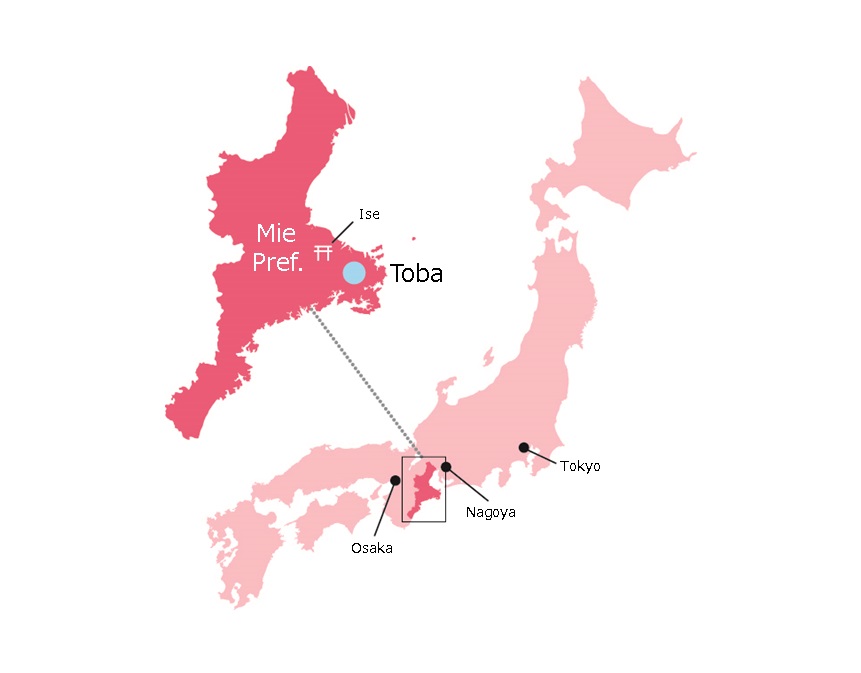
Issued by Toba Tourism Division
3-1-1 Toba, Toba-City, Mie Pref. Zip 517-0011
TEL: 0599-25-1157
FAX: 0599-25-1159
e-mail:kanko@city.toba.lg.jp
https://www.tobakanko.jp
